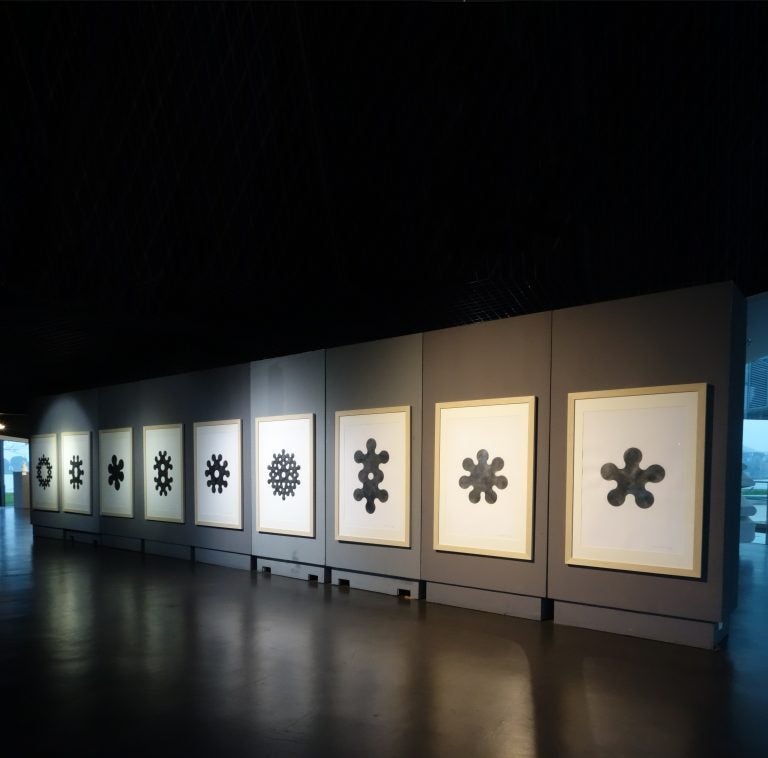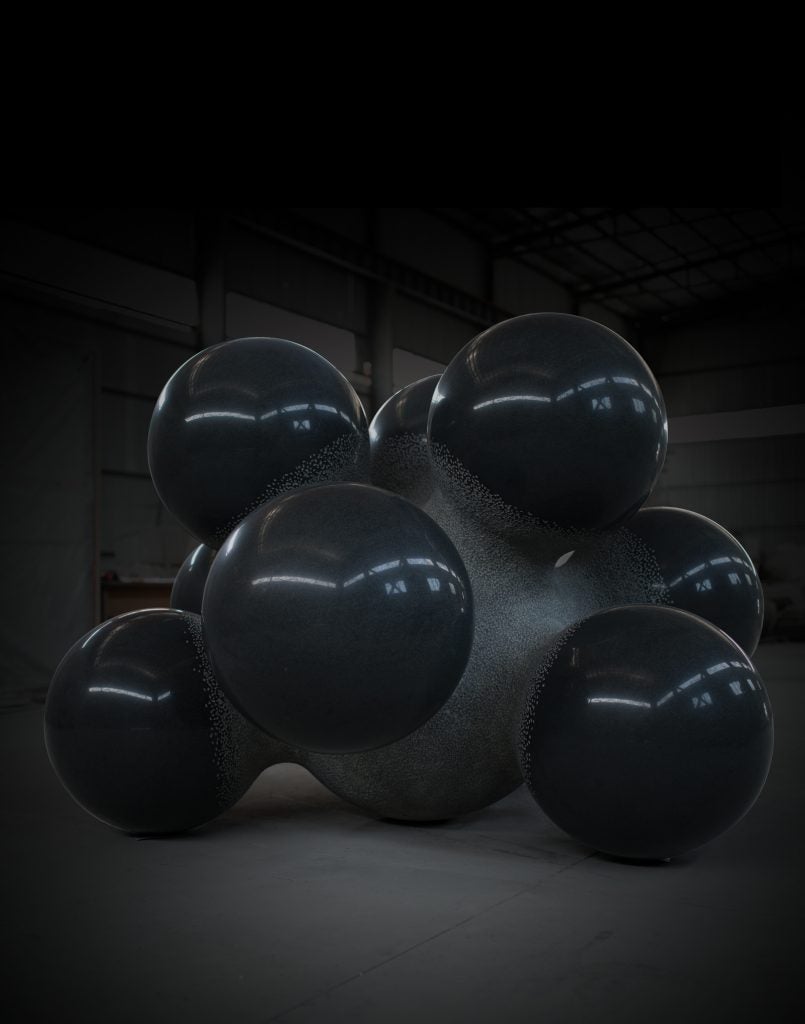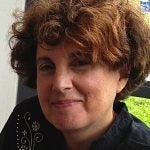Japanese sculptor seeks to re-create nature in New Jersey with tons of stone

Masayuki Koorida, Untitled, 2016, pencil on paper, 39.37 x 27.56 inches each, Collection of the Artist
During the installation of Masayuki Koorida’s exhibition at Grounds For Sculpture, it was all hands on deck. The museum crew, from registrar to preparators, from curator to director, were in the museum building to oversee these enormous works of granite, marble, steel and cast acrylic settle into the spaces where they’ll live through March 17, 2019. Harry Gordon and his sculpture moving team expertly maneuvered the multi-ton works from crate to gallery position. When something weighs nearly 15 tons, you can’t easily make minor adjustments after the mover leaves.

Although his work has been featured in an installation in the new Japanese Garden of the Frederik Meijer Gardens and Sculpture Park in Grand Rapids, Michigan, this exhibition of 26 works of sculpture is Masayuki Koorida’s very first U.S. exhibition. They appear like enormous eggs, like planets, like cells or atoms joined together, or a totem of eggs. Inspired by biomorphic shapes, the organic forms bear such titles as “Breed,” “Wave,” “Light,” “Rise,” “Seed,” and “Tentacle.” The title is not so literal, says Koorida.
After taking in the shear elegance of the forms, one can’t help but wonder how these objects, weighing up to 14.5 tons each and reaching as high as 12 feet, got here from Shanghai, where Koorida maintains a studio.
According to Chief Curator Tom Moran, Koorida came to visit Grounds For Sculpture in late spring of 2015 while touring the U.S. for places to show his work, which has been exhibited in China, Europe and at the Yorkshire Sculpture Park in the U.K.
A year later, when Moran was invited to speak at a symposium at the Shanghai Sculpture Park, accompanied by GFS Executive Director Gary Garrido Schneider, he visited Koorida’s studio. Koorida is both artistic director and sculptor-in-residence at Shanghai Sculpture Park.
Moran and Schneider immediately knew they wanted to bring the work to GFS. “Timing is everything, and we knew this would be wonderful for everyone to see,” said Moran.
There were additional visits by Moran to Shanghai and additional visits by Koorida to GFS, making final arrangements for the work to travel cross continent, from the team in China, through the Panama Canal and to the Port of Newark.
“The transport and shipment was on time and went flawlessly,” said Moran. Five containers were offloaded in Newark and then shipped by port truckers.
Harry Gordon and his crew unloaded the containers, opened everything, and checked with GFS staff to make sure the work had made it through intact.
This was the first time GFS has worked on a shipment of this scale across the Pacific, said Moran. “It’s an amazing amount of work to make sure nothing is damaged. The coordination and having it go smoothly, I can’t say enough about it.”
Moran would not discuss the cost of the shipment. “We wouldn’t do something like this unless the work truly was worth the effort.” GFS is also investing in a major catalog for the exhibition, with photographs of the work installed and three essays.
Koorida’s studio, though it has windows and doors, was dark, Moran reflects, so it was with great pleasure that they all watched the work settle in to the bright white spaces at GFS. A video is forthcoming that will show the process of creating the work for this show, beginning with the huge blocks of stone being jackhammered. Before it is polished, the black stone is gray. Grinding diamonds, sand paper and a metal file with water are used to polish it.
“Polishing is like meditation,” said Koorida.
During his many visits, Moran had the pleasure of seeing the work at varying stages of completion. “To see them at GFS is that aha moment, in this ideal space for them.”
Koorida’s works are made completely by hand. He uses computer technology to calculate the geometry of carving, but not the fabrication.
One of the large works sited outdoors is an homage to Noguchi, and it was actually Isamu Noguchi who first inspired Koorida to become an artist.
Born in Kyoto, Japan, in 1960, Koorida grew up in the surrounding countryside during the era of the Apollo Moon Landing, which gave him his sense of what life was like in post-World War II America. He was also interested in American music. At the 1970 Japan World Exposition in Osaka, 10-year-old Masayuki saw Noguchi’s “Fountains in the Dream Pond.”
“I didn’t know the job of artist before that,” he said.
When he studied history, Koorida learned more about American culture and pop art. He was also struck by how everything in the U.S. was so big. After studying art at Musashino Art University in Tokyo and a period of time teaching, Koorida received a grant that allowed him to live and work in a foundry in the Netherlands.
From the Netherlands he went to Taiwan to create works exhibited in Paradise Sculpture Park in Guilin. “He was taken on by an important backer to realize these pieces, so moved China in 2005,” said Moran.
The backer is a developer, continues Moran, who “loves artists and developing cemeteries because Taiwanese are dedicated to preserving family sites for the afterlife.” Koorida was making his contemporary sculpture for the cemetery.
“The younger generation doesn’t go to the cemetery so a sculpture park is a way to attract them to cemetery. The cemetery also has traditional sculpture, such as statues of Buddha, as well as contemporary art. After that, many cemeteries started to add sculpture,” Koorida said.
Koorida said his work is inspired by the natural world. Now that he lives in Shanghai he is not so much in touch with the natural world, and even the mountainous region he lived in near Osaka is no longer the countryside of his youth, having been developed, but nature is inside him, from his early experiences, he said.
Some of the larger works can take two years to complete. The thinking is the part that takes the longest, Koorida said. “Sometimes it can take 10 years to realize something. I need the experience to conceive the shape.”
WHYY is your source for fact-based, in-depth journalism and information. As a nonprofit organization, we rely on financial support from readers like you. Please give today.





